Interview with Otero Designer Hillary Glenn: Murals to Cutting-Edge Menswear
When the Otero founders first looked for a designer, they knew that they’d need someone who was very in touch with trending fashion, but flexible enough to rethink the whole design process around our revolutionary sizing concept. They found that innovator in Hillary Glenn.
Staff: Thanks for sharing a bit of your story, Hillary. I suppose we should start with the beginning – where are you from, and how did you develop an interest in fashion?
Hillary: I’m from Scottsbluff, Nebraska. It’s a pretty small town, surrounded by a lot of corn. Very rural, and not exactly a center for high-fashion, but it was a lovely place to grow up because we could pursue lots of interests in a safe, small-town environment.
And I’ve actually been interested in art since I was quite small. My mom must have decided that I had some skill because she put me in tons of painting and drawing classes, which I loved. In third grade, I actually won a contest to design a mural that would be painted on the playground wall-ball at our school. (It was this big abstract, colorful design, and, funny enough, it’s still there.) I didn’t specifically study fashion until high school, when I signed up for an apparel design sewing class, but my interest in fashion was very much grounded in that early childhood fascination with paints and pencils, form and color.

Where did you wind up for college?
I went to Colorado State University in Ft. Collins, in part because I’ve always loved Colorado and I really wanted to ski, but also because they have a high-end design program, which turned out to be far more challenging and far more inspiring than I could ever have imagined.

While I was there, I pledged to the Chi Omega sorority, which was great because several of my sorority sisters were ahead of me in the design program, and they were very generous about mentoring those of us who were just starting out. I remember pulling many all-nighters in our sorority kitchen with other girls in the program, where we would be frantically trying to piece together finished designs for our classes. The program is actually very intense because the senior project involves creating your own clothing line—you have to design it, sew it, market it, create a catalogue, and then show your work in an end-of-year runway project. It was a huge capstone project, and I was on the runway committee, so we learned a lot, but we definitely didn’t have much time for sleeping in. But I was also able to study abroad in Paris, where I took classes in Trend Forecasting and Fashion Styling, and to study in that kind of fashion center was incredible.

That sounds amazing. Where did you go after graduation?
CSU tries to place all its fashion graduates in internships, and when one of my professors heard about an opening with Diane von Furstenberg, she told me to jump on it.
Diane von Furstenberg is an iconic New York designer who made her name in the ‘60s and ‘70s with her invention of the wrap dress. Her vintage dresses made a resurgence into fashion in the late ‘90s, and since then she’s gained a lot of popularity. And the timing was funny because the summer that I spent in her studio was the summer that they were filming the reality show The City with Whitney Port (I don’t know if you’re familiar with it. It was a spinoff of The Hills). The premise of the show was that this girl from California came to New York to work in PR with Diane Von Furstenberg. It was all staged, but they did film it in DVF’s actual studio. One day, they were filming when I was working—so if you see an uncredited, sweaty intern sewing buttons in the background, that would be me. [laughs] But I think they probably cut me out in the final edit. It was a really hot summer, and I wasn’t looking especially glamorous at the time.
From a design point of view, though, it really was an incredible experience. I got to meet Diane, and work with an extraordinarily talented international team on a lot of beautiful couture runway attire. Of course, I was doing the rubbish intern work like getting the design director his cigarettes and ferrying garment bags on the subway (sweating my ass off because it was a record-hot summer). But I also got a first-hand look into what the fashion industry is like at that level. I saw how the design team created and refined their ideas, and how they translated those designs into reality. The fashion industry in New York has a tremendous energy to it—a lot of drama, but also a passion and enthusiasm that sweeps you along with it. I even got a design accepted for the “Dress to Kilt” Scotland-inspired fashion show.
Where did you go after Diane’s studio?
I spent three years as an assistant/associate knitwear designer with the Charter Club, one of the private labels owned by Macy’s—which basically means that I was working with any item of clothing made from knitted fabrics—so primarily sweaters, but also things like cut-and-sew tops and print design. At the time, I was designing clothes exclusively for women, but I learned all of the practical mechanics of design work.

You start with your sketch, your ideas, and then you work with a team to narrow down and refine those ideas; you create a tech pack for the factory, and they create a pattern and sample; you fit the sample on a model and make changes. While all of this is going on, you’re also sourcing your yarns, fabrics, and creating a color palette. The whole process takes months to get an idea from the design board to the racks at the individual stores. It was a lot of fun, though, because we were sometimes creating close to 100,000 units of each garment, so I’d actually see people wearing my designs on the street.
And while it was a privilege to work with such a great team, by the end of that third year, I was starting to feel the constant strain of working in such a fast-paced, high-pressure industry. The work itself is very competitive, and the pace of New York City is also nonstop. Because my work was so specialized, I didn’t always get to design everything that I wanted to design, and I missed the mountains—being active, being outside.
It is pretty hard to find a good ski run in New York City! So how did you start looking for a fashion job outside of the New York scene?
A lot of the lifestyle active-wear companies are based here in Colorado, and a lot of the smaller companies don’t have full-time designers, so I took on a bunch of short-term design commissions as a contractor. The emphasis is different because a lot of people who are buying performance wear care less about the color and cut, and more about the durability and performance of the fabric, but I was trying to make a new career, so I said “yes” to everything. The process helped me to be more well-rounded as a designer. It was challenging in the best way possible.
It worked out especially well, since one of the companies that I worked with was Pearl iZumi, where my now-husband was working in the marketing department. And since I was branching out, I found myself designing clothes for men as well as women. The sourcing and the process is the same, of course, but the actual design work is significantly different, and that was a fun new challenge.
My long-term goal has been to work with my sister Jillian (who also happens to be the marketing photographer for Otero) and start our own label Glenn + Glenn, which will be manufactured here in the U.S. Now that I’m in Colorado, we share an office and it seems like the timing is right to give it a shot. Working with start-ups like Otero has helped me gain confidence because it taught me a lot about the mechanics of the business beyond the fashion design—finding investors, doing pitches, interviewing factories, figuring all of the commercial aspects out. We are planning a contemporary women’s collection with a very clean, contemporary, modern feel with simple, asymmetrical details. The launch of our initial collection is scheduled for the spring of 2019, and we’re very excited.
So how did you come on board with Otero?
My internship coordinator from CSU helps organize the Apparel Manufacturing Summit here in Denver, and she asked me to speak on one of the panels about contract designing. Steve attended the conference looking for a designer, and that was that.
No one had ever attempted anything quite like Otero’s 3D Proportional Design system, but I worked very closely with Steve’s distinctive vision and the expertise of our technical designer Genny Turachek, who excels at patterns and fit. It’s been a learning curve for everyone because we’re inventing something new, but I like that Otero allowed me to combine my love of high-end fabrics and the precision detail I learned from von Fustenberg with the performance excellence that’s so important to the Denver fashion scene.

Part of the challenge was Steve’s commitment to using sustainable cotton, because it shrinks, and so figuring out the shrink percentage when you’re using multiple fabrics in a single garment requires minute measurement adjustments and a truly outstanding manufacturing facility, because there isn’t a lot of room for error.
What design elements are important when you’re designing clothes for short men?
The visual priority is to elongate the body rather than cut it off. So, most of the seams need to be vertical or shaped, no horizontal stripes. I also like using side panels and other vertical elements to visually lengthen the body, but a lot of the effect comes from precision details. For example, we narrowed the placket because, a disproportionately wide placket makes men look boxy and shorter. We also narrowed the cuff detailing so that everything would be proportionate to the scale of the shirt, and so that the same shirt can look beautifully fitted on guys with very different body types.

How did you develop Otero’s signature style?
For us, the priority was to make sure that every aspect of every garment would be exquisitely made, so we chose to use high quality grosgrain ribbons and luxe jersey fabrics instead of the cheap pique that’s more common in mass-market manufacturing.
To a certain extent, men’s fashions are locked into predictable patterns because guys like familiar clothes that are comfortable and fit well, so when we were designing these tees and polos, we weren’t trying to reinvent the wheel, but we were trying to make the Otero look distinctive, fun, and trendy as well as uniquely well-fitted.

Wearable fashion comes down to a perfect balance of comfort and fit, but the durability of the fabric and the quality of the manufacturing are what make it a wardrobe staple that will look good for season after season.
Otero Menswear: Anything But Average


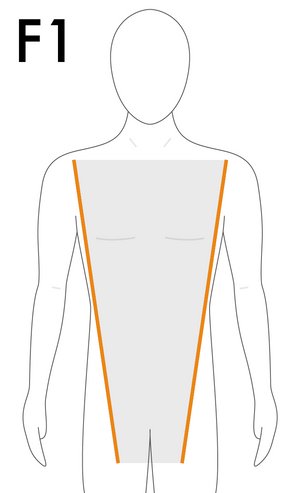
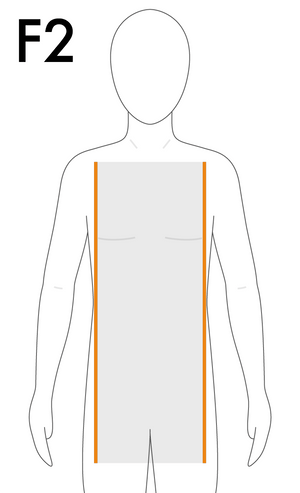
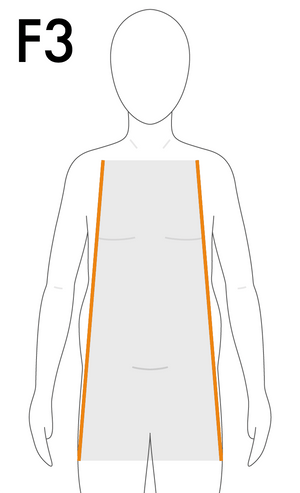
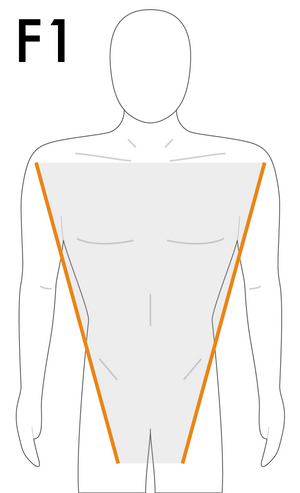
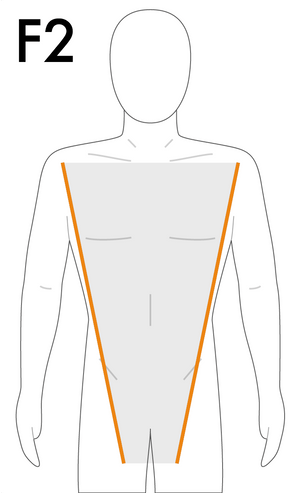
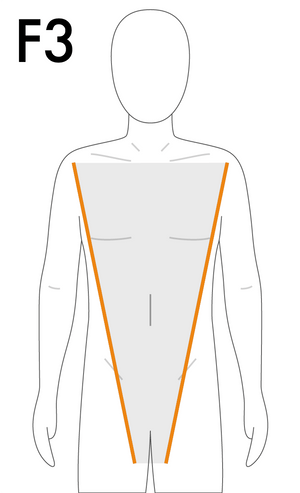
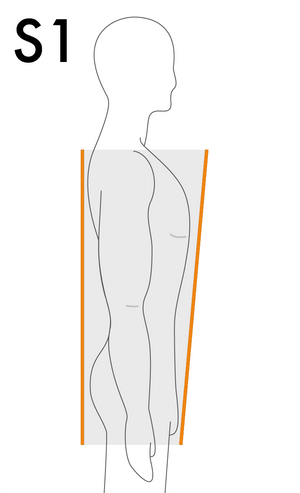
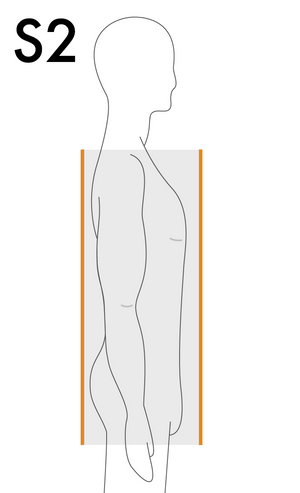
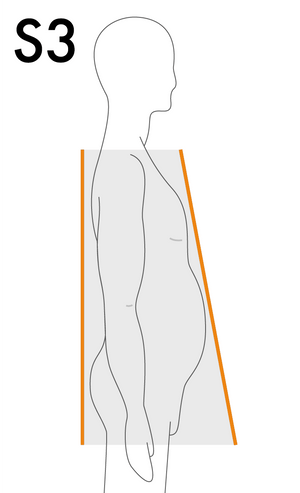
The shirts’ fit inspires fitness. Fantastic creations by an inspired designer.